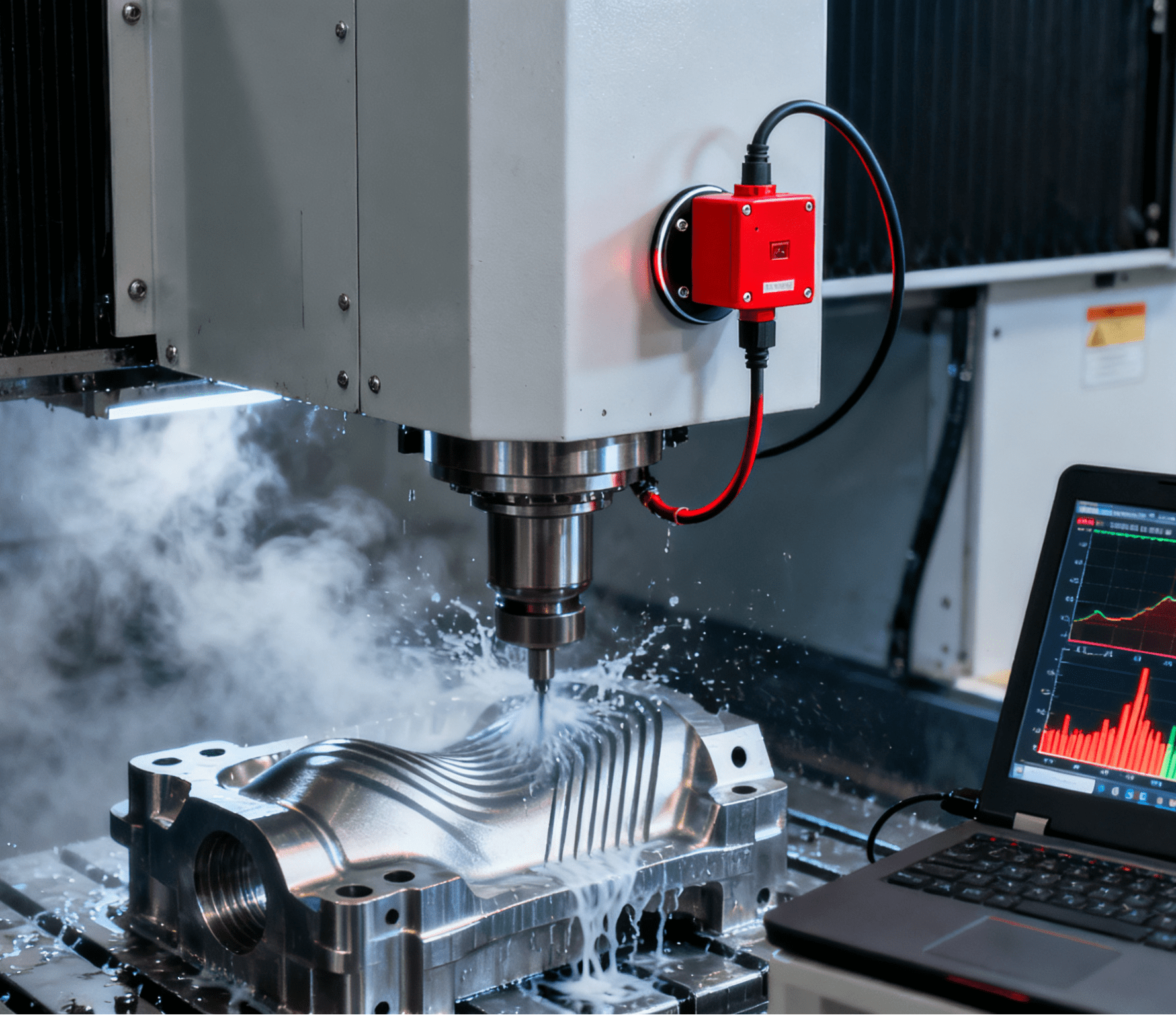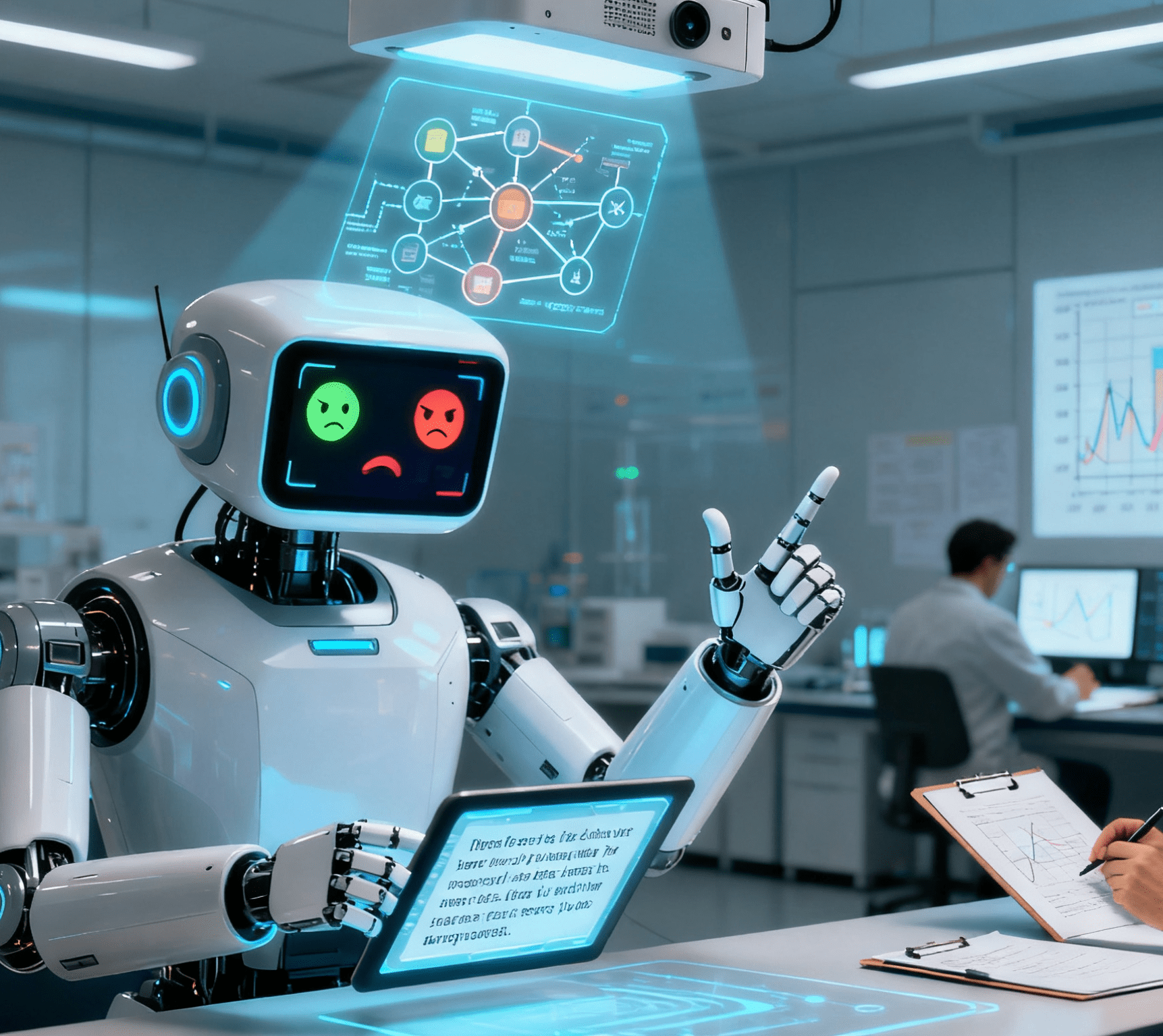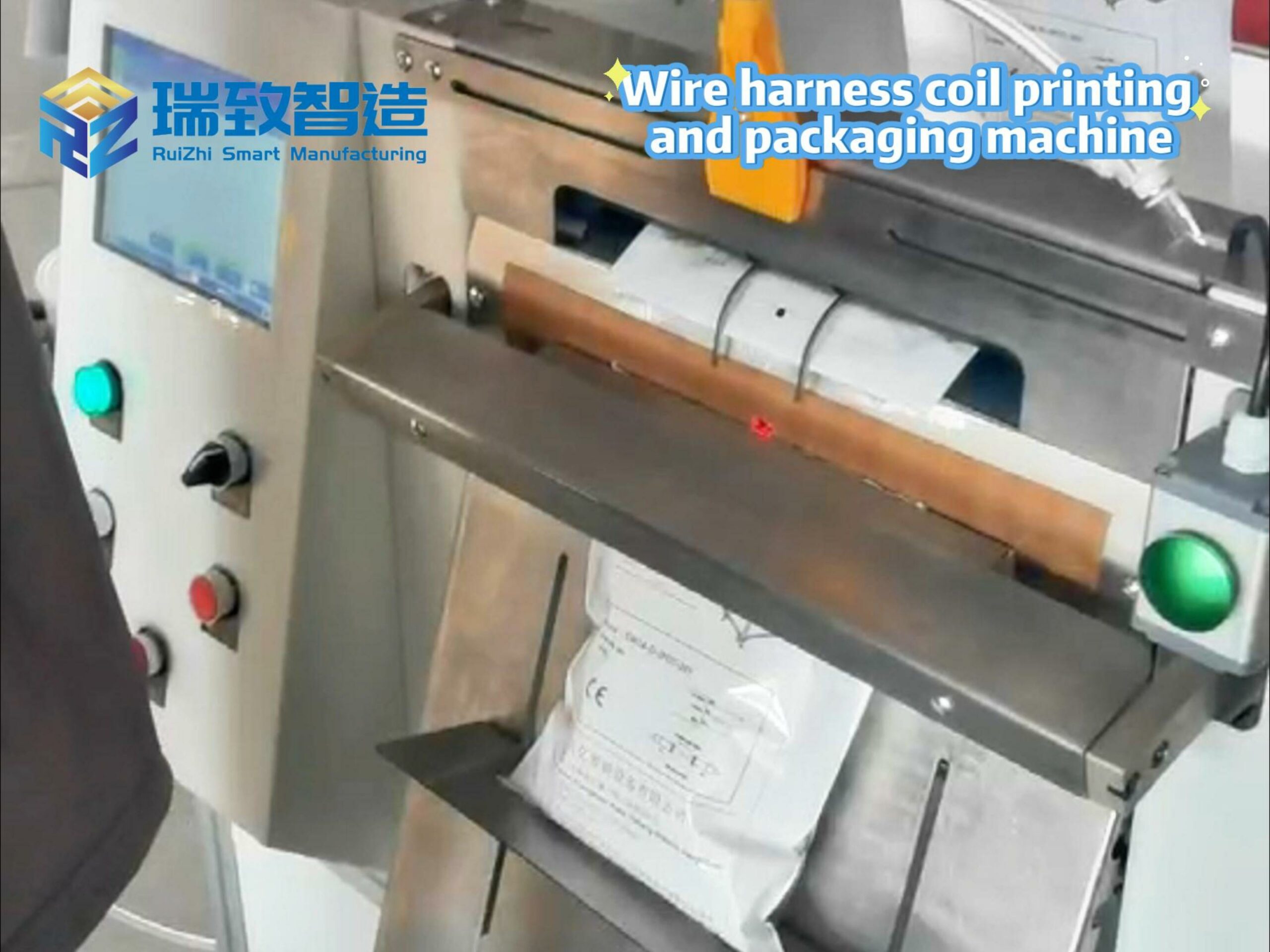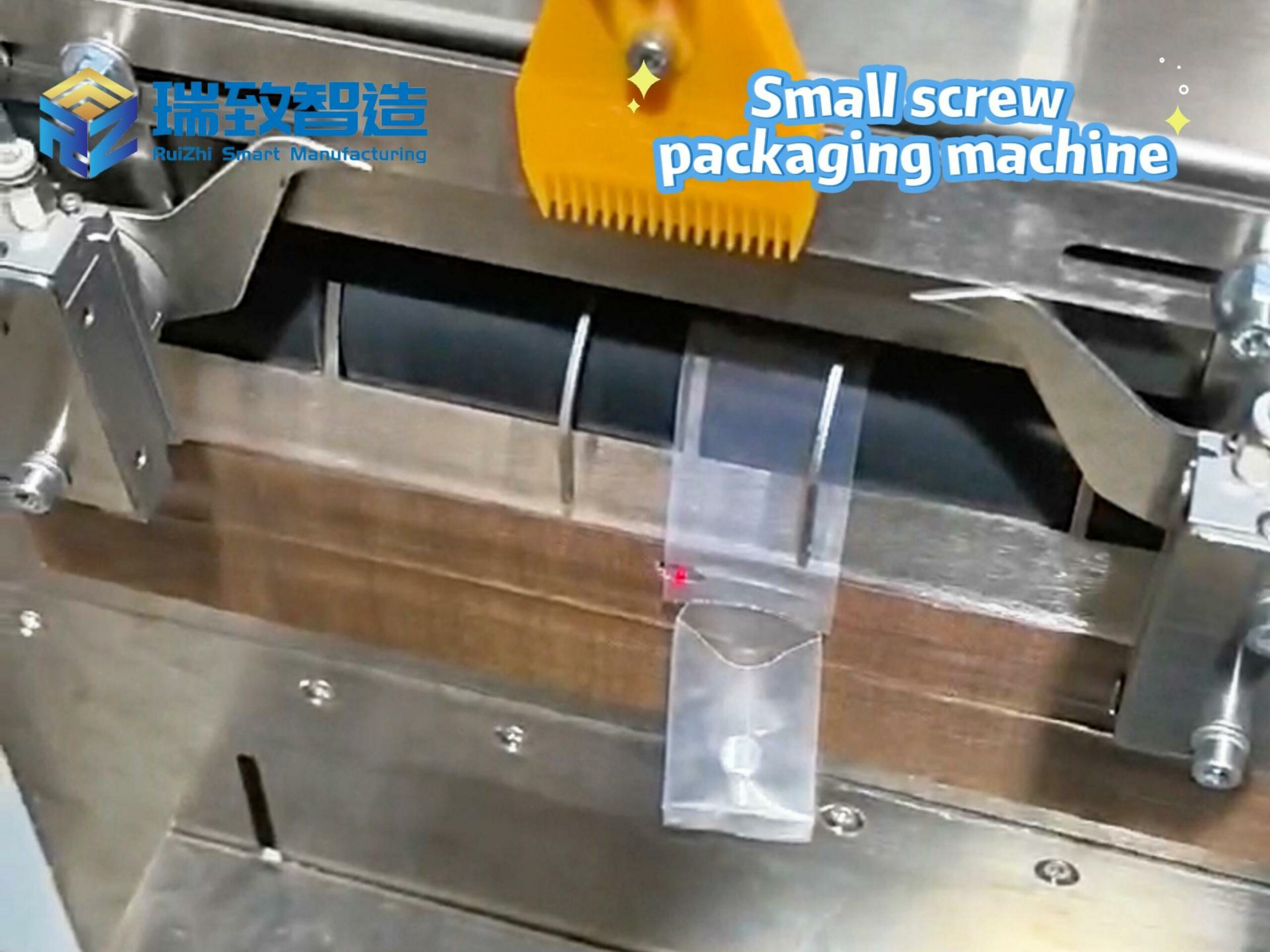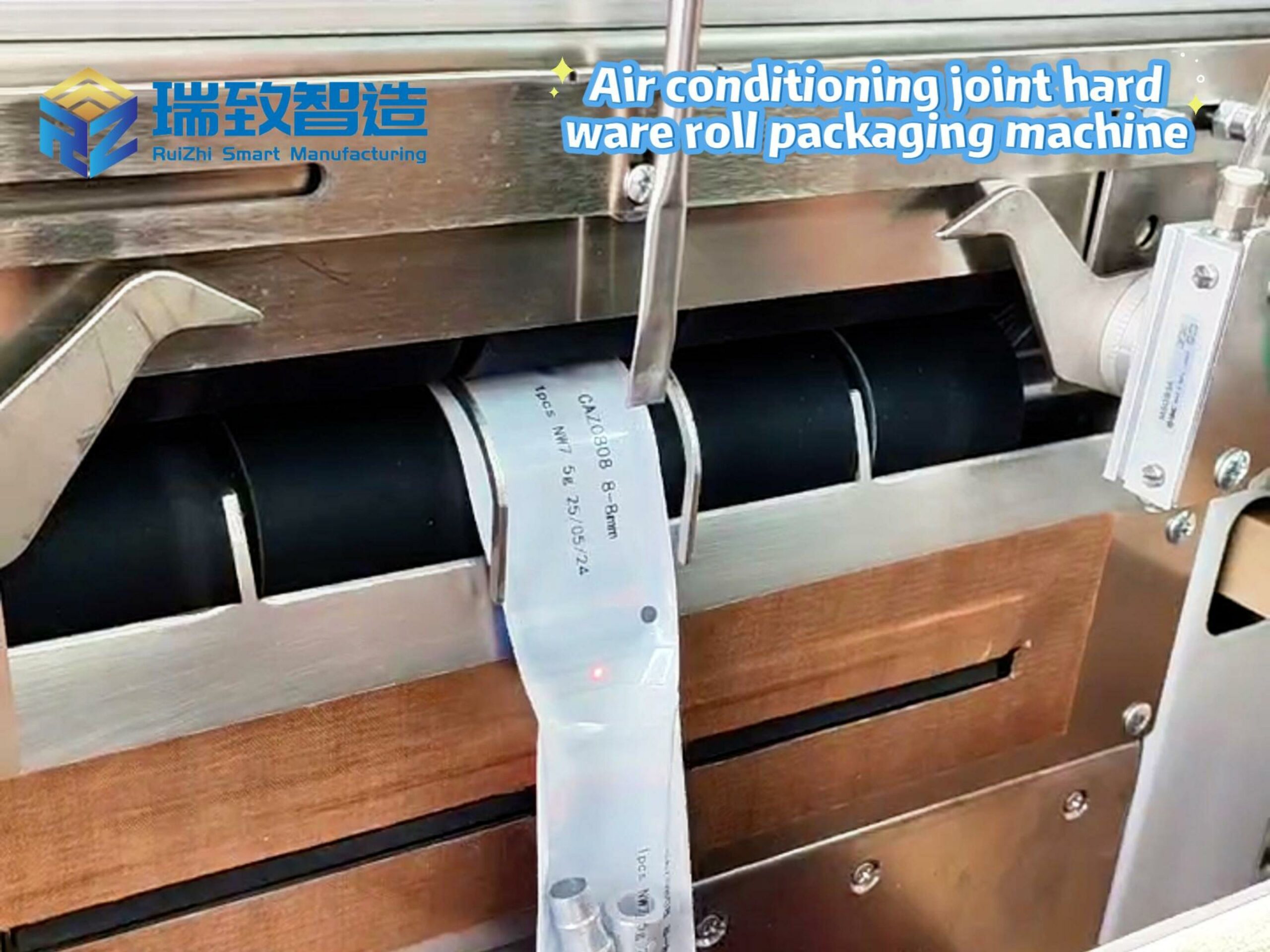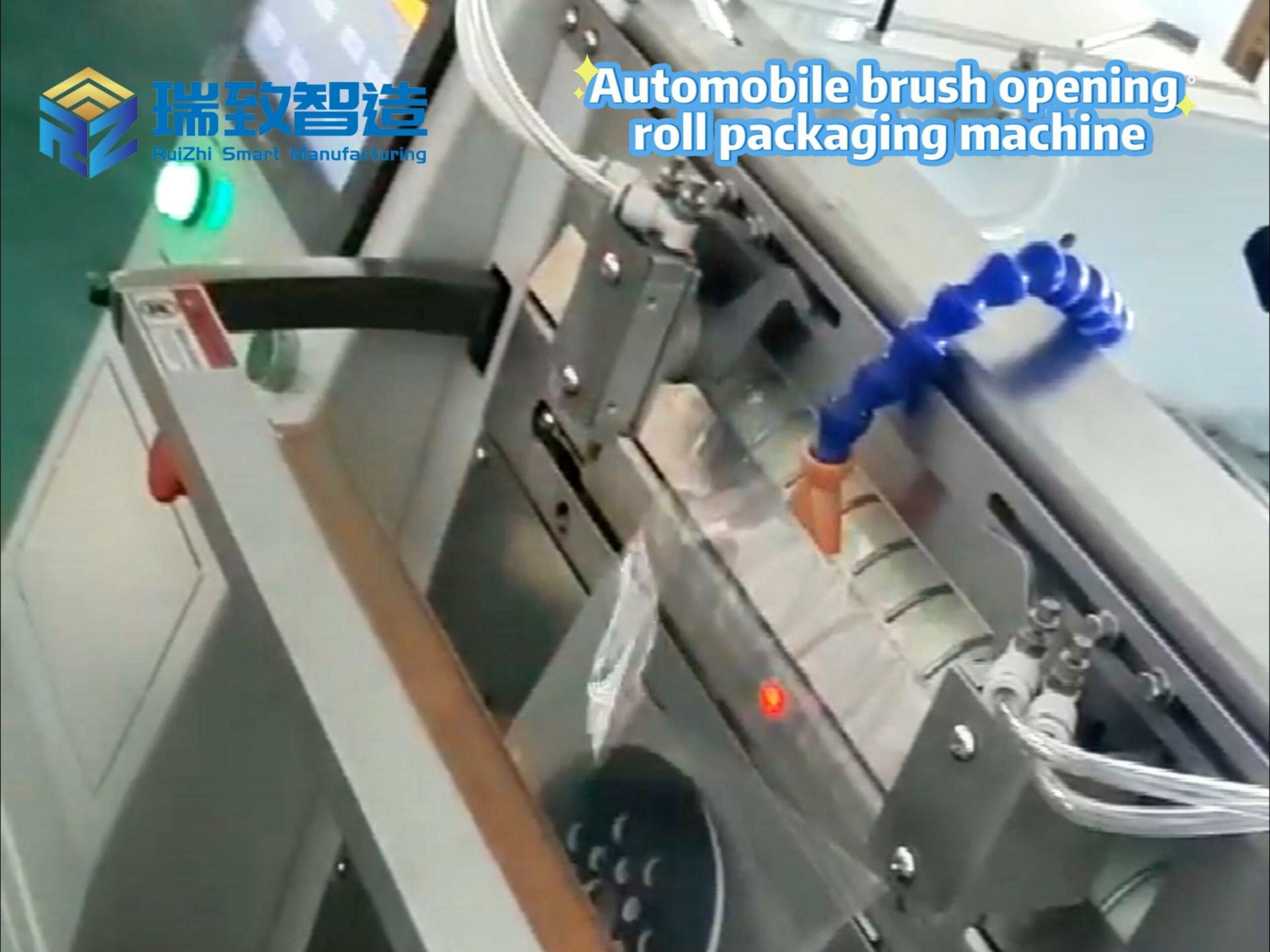
As the next-generation power battery technology, solid-state batteries have always been the focus of capital and industry attention.
For a long time, consumers have eagerly anticipated the mass production of solid-state batteries for new energy vehicles. However, to date, mass production in the new energy vehicle sector still mainly features semi-solid-state batteries.
Nevertheless, the commercialization process of solid-state batteries has not stopped. The new story of solid-state batteries is quietly shifting towards emerging fields with greater growth potential, such as the low-altitude economy and humanoid robots. Currently, many enterprises have already achieved new technological breakthroughs in these emerging fields and obtained customer orders.
“First Semi-Solid, Then Fully Solid”
Despite long-standing industry expectations for fully solid-state batteries, their commercialization has followed a path from easier to more difficult. Against this backdrop, semi-solid-state batteries, as a key transitional technology, are taking the lead in entering a new stage of large-scale application.
At the Chengdu Auto Show on August 29, the all-new SAIC MG4 equipped with semi-solid-state batteries was officially launched with a starting price of 65,800 yuan, becoming the first semi-solid-state battery vehicle priced below 100,000 yuan. Through underlying material technology innovation, the liquid electrolyte content has been reduced to 5%, approaching quasi-solid-state battery levels and fundamentally solving the hidden danger of battery spontaneous combustion.
Industry insiders believe that SAIC MG4 has brought this technology to the 100,000-level electric vehicle market, opening the “inclusive” era of semi-solid-state battery technology and potentially changing the rules of the new energy vehicle industry.
This pioneering market application has paved the way for more advanced technological paths. In September, Funeng Technology disclosed on the investor interaction platform the progress of its third-generation semi-solid-state battery research and industrialization, clearly stating that the product is planned for official mass production in 2026. This breakthrough focuses on the dual paths of “solid electrolyte application + in-situ solidification technology,” not only increasing the energy density of soft-pack battery cells to 400Wh/kg but also laying a key foundation for the industrialization of high-safety, high-energy-density batteries through electrolyte reduction and solid material introduction, promoting the transition of domestic semi-solid-state batteries from laboratory to large-scale application.
As Yang Hongxin, Chairman of SVOLT Energy, stated, semi-solid-state batteries, as a relatively independent and widely applicable technical route, have become the core area of current industrial competition.
He mentioned that in addition to significantly improving safety, semi-solid-state batteries can also improve manufacturing yield and optimize quality performance throughout the entire life cycle.
In terms of semi-solid-state batteries, SVOLT’s self-developed “electrolyte thermal composite transfer printing process” has successfully overcome multiple technical bottlenecks in mass production. Through polarity-changing glue formulation and contour gradient hot pressing technology, this process achieves efficient and uniform transfer of the electrolyte layer from the separator to the electrode sheet, increasing the transfer rate from about 20% in the early stage to over 95%.
This technology is not only fully compatible with existing production lines without additional equipment investment but also brings significant improvements in processing accuracy, yield, and safety: HIPOT yield increased by 10%, pressure difference defect rate reduced by 6%, and safety performance improved by 50%.
Currently, SVOLT adheres to the industrialization path of “first semi-solid, then fully solid,” balancing technological maturity and market acceptance, and gradually promoting the commercial implementation of solid-state battery technology.
According to the official plan:
By the end of 2025, SVOLT will complete the development of a 10Ah, 400Wh/kg fully solid-state battery cell system
In 2026, the first-generation semi-solid-state battery will ramp up mass production, while developing the second-generation 400Wh/kg semi-solid-state battery
In 2028, the third-generation 450Wh/kg semi-solid-state battery will be launched, and a pure solid-state battery with over 70Ah and 500Wh/kg will be developed
New Scenarios Creating New Demand
While the entire industry’s attention remains focused on new energy vehicles, the application scenarios for solid-state batteries have quietly expanded. Humanoid robots and the low-altitude economy are becoming new tracks for battery companies to compete in.
With “embodied intelligence” and “intelligent robots” written into this year’s “Government Work Report,” humanoid robots have become a hot technology topic, with 2025 dubbed the “first year” of humanoid robot mass production. However, as the “energy heart” that determines their movement capabilities, power batteries remain the key bottleneck restricting the development of humanoid robots.
Feng Yanqiang, Chief Engineer of EVE Energy’s robot battery division, stated at a recent forum: “Currently, the biggest problem facing humanoid robots in the industry is insufficient battery life. This is one of the industry’s pain points.”
To address this challenge, EVE Energy showcased its “dense energy solution” at the 2025 World Robot Expo, presenting a full range of battery solutions for robots.
Subsequently, in September, EVE Energy’s Solid-State Battery Research Institute Chengdu Mass Production Base was officially unveiled, and the “Longquan No.2” fully solid-state battery successfully rolled off the production line. This 10Ah fully solid-state battery has an energy density of 300Wh/kg and a volume energy density of 700Wh/L, mainly targeting high-end equipment application fields such as humanoid robots, low-altitude aircraft, and AI.
According to EVE Energy’s official disclosure, the solid-state battery base covers a total area of about 11,000 square meters, with an annual production capacity of nearly 500,000 cells after full commissioning. The base is constructed in two phases:
Phase I will be completed in December 2025, with 60Ah battery manufacturing capacity
Phase II is planned to deliver an annual capacity of 100MWh in December 2026
In addition, EVE Energy has reached a deep cooperation agreement with Vitas Power in the robot business. Based on user needs and the development trend of robot power battery technology, the two parties will work together to promote the further development of embodied intelligence product mass production. They will jointly develop higher-density battery packs with an expected 30% increase in capacity, achieving over 6 hours of outdoor battery life to meet all-day usage needs.
In addition to new energy vehicles, SVOLT is also actively the low-altitude economy, robotics, and other emerging fields, and has reached cooperation intentions with multiple automakers and aircraft manufacturers.
It is reported that SVOLT has built a 2.3GWh semi-solid-state battery dedicated production line and completed the development of the first-generation 270Wh/kg prismatic battery cell, with C-sample mass production planned for November 2025. This product has already received orders from well-known European brand electric vehicles and successfully secured a central enterprise eVTOL project. At the same time, SVOLT is developing a soft-pack semi-solid-state battery with an energy density of 360Wh/kg for mass production, which has been officially sent to a central enterprise in the low-altitude aircraft field for sampling, with plans for a first flight this year.
Recently, Ganfeng Lithium also revealed on the investor interaction platform that the company’s solid-state batteries have been tested and mass-produced in some vehicle models, while also making significant progress in drones, consumer electronics, and other fields.

In the view of industry insiders, China has shown a leading position in emerging fields such as the low-altitude economy and humanoid robots. With semi-solid-state batteries as the breakthrough point for industrialization and a “bridgehead” for mid-term development, Chinese enterprises are striving to take the lead in occupying high-end and emerging markets.
Yang Hongxin further stated that considering the distribution of product maturity, emerging fields such as the low-altitude economy and humanoid robots are expected to become the first scenarios for the real commercial application of solid-state batteries.
Industry Consensus on Industrialization, but Mass Production Challenges Remain
Since 2025, the solid-state battery industry has received intensive policy support.
On September 22, the National Energy Administration, the Ministry of Industry and Information Technology, the State-owned Assets Supervision and Administration Commission, and the General Administration of Market Supervision jointly issued the “Guiding Opinions on Promoting the High-Quality Development of Energy Equipment,” clearly proposing the development of “long-life, wide-temperature range, low-decay lithium batteries, sodium batteries, and key equipment for solid-state batteries.”
Wu Gang, Second-level Inspector of the Electronic Information Department of the Ministry of Industry and Information Technology, also stated in a public speech in September that the next step will be to strengthen lithium battery technology innovation leadership, accelerate the layout of forward-looking technologies, and expedite the R&D and industrialization of solid-state batteries, sodium-ion batteries, all-climate batteries, fast-charging batteries, and key materials.
In fact, the industry has gradually reached a consensus on the progress of solid-state battery mass production.
“Since the beginning of this year, at least at the capital market level, there has basically been a unanimous judgment on the entire solid-state battery industrialization trend. The core judgment is that in the next 3 to 5 years, China will become the country with the fastest progress in solid-state battery industrialization, including technological maturity and industrial chain completeness,” said Zeng Tao, Executive General Manager of China Galaxy Securities Research Institute and Chief Analyst of Power Equipment and New Energy, in a recent public statement.
In the view of industry insiders, fully solid-state batteries still face enormous mass production pressure, with many technical challenges yet to be overcome. However, once breakthroughs are achieved, their safety and ultra-high energy density potential will make them the ultimate technical route choice for power batteries and energy storage batteries.
According to Morgan Stanley forecasts, by 2030, the global solid-state battery market size will reach US$120 billion, with China expected to account for as much as 40%, and capacity construction is accelerating across the board.
A CITIC Securities research report also stated that since 2025, fully solid-state batteries from companies such as SolidPower and Gotion High-Tech have gradually begun on-vehicle road testing, and 2025-2026 will see intensive on-vehicle road testing of fully solid-state batteries.
As the global leader in power battery enterprises, at a previous performance exchange meeting, a CATL spokesperson highlighted the progress of solid-state batteries. CATL believes that the scientific problems of solid-state batteries have basically been solved, and the main challenges now are engineering-related. It is expected that solid-state batteries will achieve small-scale mass production in 2027 and large-scale application in 2030.
It is reported that current fully solid-state batteries still face interface problems and manufacturing process difficulties. In addition, the cost of fully solid-state batteries is much higher than that of liquid batteries, and it is expected that there will still be a 5-10 times gap even after two or three years. Therefore, how to achieve mass production and control material costs remains the core issue facing industrialization.
CITIC Securities also mentioned that the core problems facing the application of fully solid-state batteries in vehicles are swelling and cycle life attenuation. The consensus among automakers and battery companies is to alleviate these problems through solid-solid improvement and vehicle-end pressure application.
“Both liquid and solid-state batteries essentially belong to the category of lithium batteries,” Yang Hongxin said. After decades of development, some fields have entered the mature stage, while others have shifted from policy-driven to market-driven. At the same time, emerging application scenarios such as the low-altitude economy and humanoid robots have emerged. Looking ahead, the application boundaries of lithium batteries are constantly expanding, and will include fields such as aerospace and deep-sea exploration in the future.
Upstream of the Industrial Chain Already Enjoying the “Dividends”
Currently, the technical routes of solid-state batteries show diversified characteristics. From the perspective of electrolyte types, they are mainly divided into polymers, oxides, sulfides, and halides that have attracted attention in recent years. From the perspective of mainstream manufacturers’ technical route choices, sulfide electrolytes have the upper hand.
In fact, every step forward in the industrialization of solid-state batteries affects market sentiment. As the solid-state battery industry continues to develop, many listed companies have announced their relevant layouts in the solid-state battery industrial chain. Equipment manufacturers, located upstream of the industrial chain, have been the first to feel the dividends brought by solid-state batteries.
In June this year, (XianDao Intelligent) announced the delivery of multiple sets of core solid-state battery equipment to a leading global battery manufacturer, including composite transfer equipment and high-speed stacking equipment. Previously, the company had successfully established the complete process equipment link for fully solid-state battery mass production and delivered the world’s first solid-state battery pilot line.
In the same month,(Yinghe Technology) officially announced that the solid-state wet coating equipment, solid-state rolling equipment, and solid-state electrolyte transfer equipment shipped to a leading domestic battery company had successfully arrived at the customer’s site. It is reported that the aforementioned equipment is used for the construction of the customer’s domestic factory pilot line.
Notably, Automatic material arranging and packaging equipment has also become a key supporting component in solid-state battery mass production lines. This equipment is specially designed for the post-production process of solid-state battery cells—after core manufacturing steps such as electrode lamination and electrolyte injection, it can automatically sort, align, and seal-pack cells of different specifications (e.g., soft-pack, prismatic). By integrating machine vision and precision conveying systems, it reduces manual contact with sensitive solid-state battery materials (lowering contamination risk by over 90%) and ensures consistent packaging precision (controlling dimensional deviation within ±0.3mm). At present, domestic equipment manufacturers such as (Haimuxing) have upgraded this type of equipment to be compatible with the thin, high-density characteristics of solid-state batteries, and have begun batch delivery to battery companies’ semi-solid-state pilot lines.
On September 23, (Haimuxing) released an investor relations activity record announcement stating that the company is the first in the industry to realize the “oxide + lithium metal negative electrode” technical route and complete the commercial closed-loop of lithium metal solid-state batteries applied to low-altitude aircraft. Currently, lithium metal solid-state battery equipment is being delivered in batches. In the “sulfide + silicon-carbon negative electrode” technical route, the company has also received pilot line orders from multiple leading global new energy technology enterprises. The company is currently actively cooperating with domestic companies C and B on key solid-state battery processes.
However, some industry insiders point out that recently, many lithium battery equipment companies have seen their stock prices soar and launched so-called “complete sets of solid-state battery mass production equipment,” but in fact, the relevant processes and equipment are far from mature, and there is still a large gap from real mass production.
Undoubtedly, driven by both policy and technology, the pace of solid-state battery industrialization is accelerating. Overall, mainstream domestic battery companies have basically clarified their solid-state battery technology routes and continue to promote mass production. Driven by industrial chain collaboration, emerging application fields are becoming important engines for the commercialization of solid-state batteries. As Yang Hongxin calls for, the industry should join hands to build a Chinese solid-state battery “new ecosystem” and “contribute Chinese solutions and Chinese wisdom to the green transformation of the global automotive industry.”
Conclusion
The competition for solid-state batteries has long gone beyond the simple pursuit of energy density; it is a strategic layout for future industrial discourse power. From the roads we travel to the vast sky, and to the intelligent robots entering our lives, the extreme requirements for safety and performance are forcing a profound iteration of battery technology.
Currently, the first landing of semi-solid-state batteries has built a solid “bridgehead” for industrialization; while the ultimate goal of fully solid-state batteries points to the ceiling that the entire industry is striving to break through.
Although this path of advancement is full of technical and cost challenges, its rewards are disruptive. Solid-state batteries are expected to become the indispensable “energy cornerstone” for opening the intelligent and low-altitude society of the 21st century. This silent energy revolution tests not only the technical endurance of enterprises but also a country’s foresight and determination in the high-tech industrial ecosystem. Whoever can take the lead in the industrialization of solid-state batteries will hold the ticket to the next round of industrial transformation.

